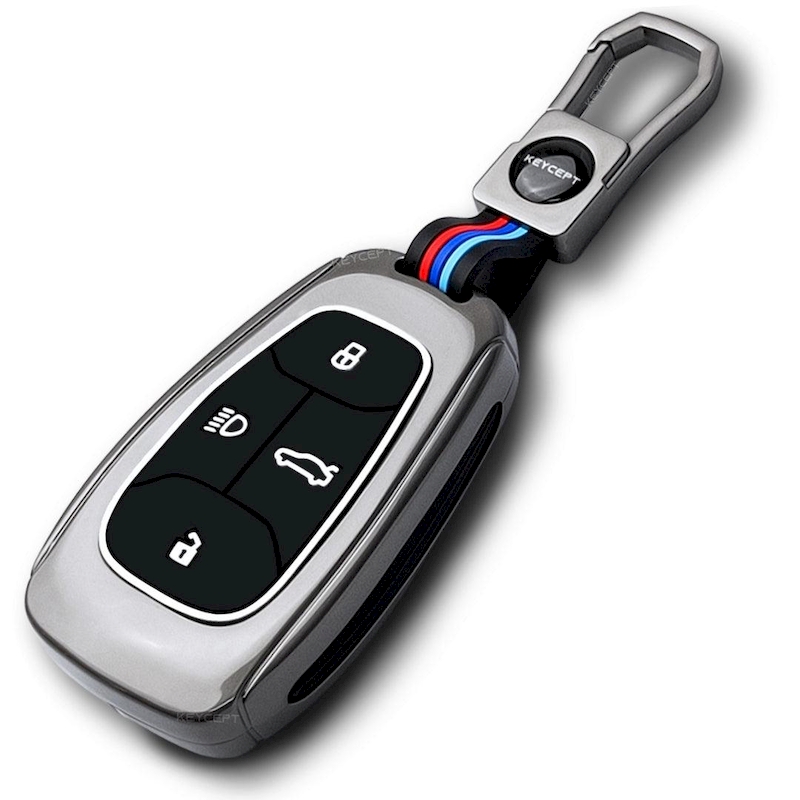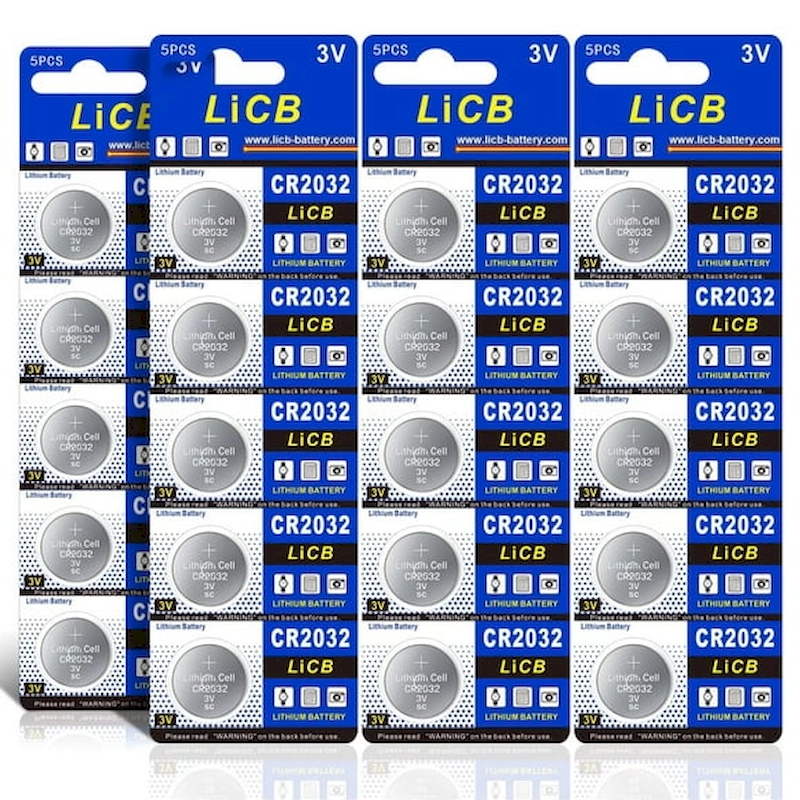Changing the battery in a key fob might seem daunting at first, but it’s a simple task that anyone can accomplish with a little guidance. Every vehicle owner knows how essential key fobs are for modern-day access to their vehicles. They provide convenience, security, and ease of use, but like any electronic device, they can suffer from battery wear over time. Relying on a malfunctioning key fob can lead to frustrating situations, like being unable to unlock your car. For that reason, knowing how to change a battery in a key fob is an invaluable skill. In this article, we will explore everything you need to know about key fob batteries, including types, how to change them, troubleshooting tips, and preventive measures to ensure longevity.

Understanding Your Key Fob
The key fob is a small, portable device equipped with buttons that perform multiple functions including keyless entry and remote start. It communicates with your vehicle’s onboard computer using radio frequencies. The sophistication of key fobs varies significantly; some may offer additional features such as panic buttons, trunk release, or even remote climate control. Regardless of its complexity, the core function—unlocking and starting your vehicle—remains the same.
Key fobs are usually powered by small batteries known as button cell batteries. These batteries typically have a limited lifespan, ranging anywhere from two to five years depending on usage. By understanding the inner workings of your key fob, you’ll become more equipped to troubleshoot issues and change the battery proactively when it starts to fail.
Types of Key Fob Batteries
Before you learn how to change a battery in a key fob, it’s important to understand the types of batteries that you’ll be dealing with. The most common types of batteries found in key fobs are:
- CR2025: This lithium coin cell battery is commonly found in many key fobs. It has a diameter of 20mm and a thickness of 2.5mm.
- CR2032: Another popular option, this battery is slightly thicker than the CR2025 and may last longer due to its increased capacity.
- CR2016: A less common type, the CR2016 is thinner than the CR2025 and is used in some older models.
To ensure you get the correct replacement battery, always check your key fob’s specifications. You can usually find this information in the owner’s manual or by looking at the existing battery itself.

Tools You Might Need
Changing the battery in a key fob doesn’t require specialized tools, making it an easy DIY project. However, having the right tools on hand can simplify the process. Here is a list of items you may need:
- Flathead screwdriver: This will help you to pry open the key fob casing without damaging it.
- Replacement battery: Make sure you have the correct battery type handy.
- Tweezers: These can be useful for positioning the new battery within the fob.
- Soft cloth: This will help you to avoid scratching the surface of the fob while you work.
- Multimeter (optional): If you’re interested in testing your battery or fob functionality, a multimeter can be handy.
With these tools in place, you are ready to embark on the task of changing the battery in your key fob.
Steps on How to Change a Battery in a Key Fob
Now that you’re equipped with the knowledge of key fob batteries and tools, let’s walk through the step-by-step process of changing a battery in a key fob.
Locate the right spot to open the fob: Most key fobs will have a small groove along the seam where you can insert a flathead screwdriver. Those with buttons often have a small slot next to the built-in key.
Gently pry open the fob: Use the flathead screwdriver and carefully insert it into the groove. Twist slightly to create a gap in the casing. Take your time to avoid snapping the fob in half.
Remove the old battery: Once the fob is open, take a look at the battery orientation. Note how it sits within the battery holder. Carefully lift the battery out, using tweezers if necessary.
Insert the new battery: Make sure the new battery is of the correct type. Place it in the same orientation as the old battery, ensuring the positive and negative sides are aligned correctly.
Reassemble the key fob: Snap the two halves of the fob back together. A gentle but firm push should suffice. If it doesn’t snap back together easily, ensure there is nothing obstructing the closure.
Test the fob: Finally, go to your vehicle and test the functions of the key fob. Check that it locks and unlocks the doors, and if applicable, that remote start functions as expected.

Troubleshooting Common Key Fob Issues
Even after you’ve successfully learned how to change a battery in a key fob, you might face additional issues that aren’t related to the battery. Here are some common problems you may encounter along with their possible solutions:
- Fob not responding: If your fob isn’t functioning after changing the battery, ensure that the new battery is installed correctly. Double-check the orientation and make sure it’s securely in place.
- Intermittent functionality: Sometimes, the key fob may work erratically. In this case, it could be that the contacts inside the fob are dirty or corroded. Use a cotton swab dipped in rubbing alcohol to clean the contacts gently.
- Physical damage: If your key fob has visible cracks or damage, it may be time to consider a replacement rather than just changing the battery.
- Humid conditions: Excess humidity can affect fob performance. If you have been out in the rain or have had your fob exposed to moisture, allow it to dry completely before attempting to use it again.
Preventive Maintenance for Key Fobs
Preventing battery issues in your key fob is easier than fixing them when they arise. Here are some tips to keep your key fob in good working condition:
- Limit exposure to extreme temperatures: High heat or freezing cold can degrade battery life. Keep your key fob in a temperature-controlled environment when possible.
- Avoid moisture: If you often carry your key fob while exercising or near water, consider using a protective case. This will help guard against humidity, moisture, and potential water damage.
- Routine checks: Make it a habit to check your key fob regularly. If the buttons start to feel unresponsive, it may be time for a battery change.
- Keep spares: If you frequently find yourself in need of a battery replacement, consider purchasing extra batteries and storing them in an accessible location. This ensures you’re never caught off guard when your fob dies.
When to Seek Professional Help
If you’ve followed all the steps above and your key fob is still not functioning properly, it may be time to seek professional assistance. Here are some scenarios where expert help might be necessary:
- Complex issues: If the key fob is associated with advanced features that aren’t working, you may need to have the vehicle’s electronics inspected.
- Reprogramming needed: Some key fobs may need to be reprogrammed after a battery replacement to communicate properly with the vehicle.
- Replacement may be required: If your fob has sustained physical damage or has become waterlogged, a replacement might be the most practical solution to ensure ongoing functionality.
Conclusion
Now that you know how to change a battery in a key fob as well as understand the various aspects of key fobs, you can take control of your car’s accessibility. Whether you’re dealing with common issues or ensuring your key fob is well maintained, knowledge is power. Changing a key fob battery is a breeze with the right tools and a little patience, allowing you greater independence and convenience in your day-to-day life. Keep this guide handy for reference, and you’ll never find yourself locked out of your vehicle again!